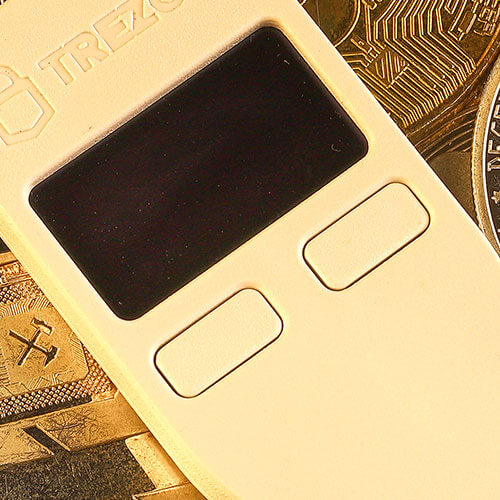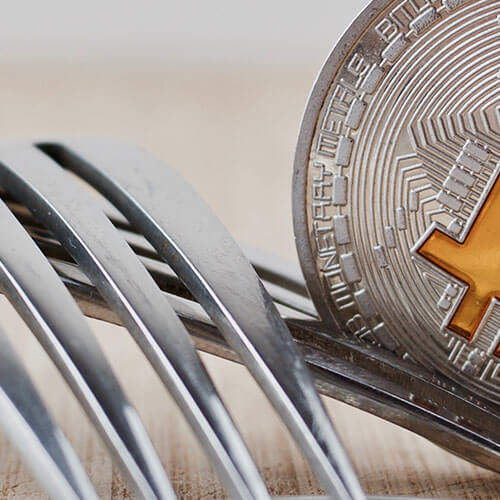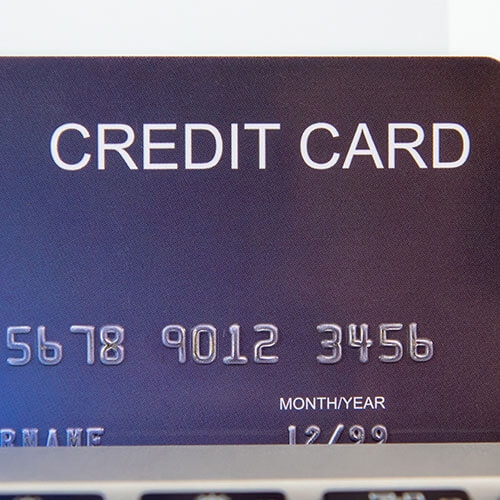What Is Walton Coin?
New crypto projects are popping up all the time, either with their own blockchain network or built on existing blockchains such as the Ethereum (ETH), Solana (SOL), and Avalanche (AVAX) chains. Developers from any part of the world can launch their crypto tokens on the market using open-source programming resources, but it’s really the use-cases and real-world utilities that make or break a project.
If a crypto project aims to solve some operational problems in a specific business or industry, it might achieve considerable popularity in case the project provides successful solutions to existing problems. One such project is Waltonchain, a blockchain platform with its own token, Walton Coin (WTC).
At first glance, Waltonchain might not seem very attractive. It has a market cap of around 100 million USD and its price per coin is also relatively low, but compared to the thousands of cryptocurrencies without any development roadmap or future perspective, Waltonchain is a quite serious project.
Let’s take a closer look at the Walton ecosystem, a network that utilizes Internet of Things (IoT) capabilities and innovative RFID (radio frequency identification) technology to provide businesses with scalable and efficient solutions for managing complex supply chains.
What is Waltonchain?
Waltonchain is a crypto project that aims to provide businesses with the tools to efficiently manage supply chains, no matter how large or complex they may be. The project was commercially launched in 2017, but the whole idea was developed two years prior to the launch. The name Waltonchain refers to Charlie Walton, the inventor of RFID technology during the 1970s in California.
Also, Walton is used as an acronym by the project, highlighting some of its core values: Wisdom Alters Label, Trade, Organization, and Network. These words clearly highlight the focus of Waltonchain to create a functional platform that’s capable of tracking the whole production cycle of a business and even connect multiple businesses that are part of the same supply chain to coordinate supply and demand.
With Waltonchain, businesses are able to estimate exactly how much time they need to produce and ship a certain amount of products in order to keep up with market demands. Also, in case the demand for certain products becomes lower, businesses using Waltonchain can avoid overproducing unnecessary goods and save money in the process.
Running modern supply chains can be quite complex because businesses need to keep up with changing circumstances on the market and in their production line, in real-time. This is where blockchain technology can play a key role in making things run smoother and that’s exactly what the Walton team recognized as an opportunity when they were developing Waltonchain.
All supply chain data is stored on the Waltonchain blockchain and all participating parties are interconnected. This way, different entities that are part of the same supply chain know exactly what, when and how much to deliver. Just like with other blockchains, the data that’s approved on Waltonchain is immutable and no one can tamper with it.
Waltonchain Team and Partnerships
The Waltonchain team is composed of programmers and professionals with significant experience in supply chain management in different Asian corporations. One of the co-founders of the project, Do Sanghyuk, has been the CEO of the Korea Standard Products Association and Vice Chairman of the China – Korea Cultural Exchange Development Committee. The other co-founder, Xu Fangcheng, is the CEO of Shenzhen Silicon and Xiamen Silicon.
The rest of the team includes several IoT specialists and engineers with working experience at Google and Qualcomm.
Despite being such a young project, Waltonchain has already secured numerous larger-scale partnerships in Asia, especially in China. Some of the projects Waltonchain is involved in include a maritime blockchain incubator and a specialized air-purifying public system powered by the Waltonchain network. Private companies are also very interested in Waltonchain. Some of the partnerships include the silicon chip manufacturer Silictec and NHTECH, a Southeast Asian tech services corporation.
Waltonchain Features
Waltonchain uses several innovative features, combining blockchain, IoT, and RFID technology to make data storage, transfers, and coordination between network nodes fast and efficient.
The Value Internet of Things
The Value Internet of Things (VIoT) concept combines RFID and blockchain technology. Waltonchain uses RFID tag chips to detect electromagnetic frequencies that respond by sending data to the network. These chips can be set to respond only to a specific frequency, making them highly specialized. The best thing about these tag chips is that they don’t require any batteries or electric power sources. Through these tags, businesses can easily monitor the inventory of their products in a store, factory deposit, or supply depot and undertake the necessary actions on time.
RFID chips are small and cheap and businesses can use hundreds or even thousands of these tags to set up a thorough monitoring network that provides status feedback in real-time. For example, if a company wants to restock a store with a certain product of theirs before the store sells all the goods in its inventory, RFID chips can notify the company when the stocks are low.
Proof of Stake and Trust (PoST)
Waltonchain uses a unique consensus mechanism to validate transactions and run the network. The algorithm is called Proof of Stake & Trust (PoST), which is much more cost-effective compared to Proof-of-Work (PoW) blockchains like Bitcoin (BTC). Essentially, it’s very similar to the classic Proof-of-Stake (PoS) chains where users stake the native token of the blockchain and contribute to the network liquidity by verifying transactions and receiving staking rewards in proportion to the number of coins they are staking.
In the event that a user validates a fake transaction, they would lose all their staked tokens. That’s why it’s such a secure blockchain model because no one would want to lose their coins. The difference between Waltonchain and classic PoS blockchains is the trust moment, which offers higher rewards to long-lasting validator master nodes. In order to run a Waltonchain master node, you need to have at least 5,000 Walton Coins (WTC).
WTC Coin
WTC is the utility token of Waltonchain that powers all operations on the network. These are the key functions of the token:
Waltonchain Price in USD
Waltonchain is a project mainly focused on the Asian market, just like VeChain (VET), which is considered its main competitor. In case you decide to invest some cash in Waltonchain, it’s best to check Coingecko or Coinmarketcap for the real-time WTC price in US dollars, as well as the circulating supply, total supply, and trading volume.
A great thing about these websites is that they include a detailed price chart and a full list of markets where WTC is traded so that you can choose an exchange platform of your preference to buy tokens. Some of the biggest centralized crypto exchanges that support WTC include KuCoin, Binance, OKEx, and Huobi.
- Facilitating transactions – all transactions of data and information are powered by WTC. Just like GAS is used to power transactions on the NEO chain or Gwei on the Ethereum blockchain, WTC powers all transfers of data on Waltonchain.
- Staking rewards – When you stake your WTC in order to provide liquidity to the Waltonchain network, you’ll always be rewarded in WTC tokens.
- Financial services – WTC can be used to provide lending and mortgage services to users, much like classic decentralized finance platforms.
- Powering of sub-chains – Just like Ethereum powers ERC-20 tokens built on its network, WTC tokens can be used to power sub-chains built on the WTC parent chain. Businesses can build sub-chains on Waltonchain to manage their supply chains and production operations.
- Waltonchain voting system – WTC holders can participate in the governing of the project based on the number of tokens they hold. The more tokens they own, the more significant their votes are.
- Token exchange – Ultimately, you can use your WTC and exchange them for other cryptocurrencies on crypto exchange platforms. In case you’re staking a considerable amount of WTC, you can use your annual percentage yield (APY) to invest in other crypto projects by exchanging the tokens on markets that support WTC.
A Few Final Words…
The crypto market hides many interesting altcoins that deliver authentic innovations to individuals, businesses, and whole industries. It isn’t enough to just browse the top 50 cryptocurrencies by market cap. You really need to look deeper into the crypto market and do your research on some less popular cryptocurrency ecosystems to find out what the hype is all about.
Waltonchain is a good example of a rather discreet crypto project that actually offers solutions to some real-world business problems like supply chain management, combining blockchain technology, the Internet of Things, and RFID tag chips within a single system.





